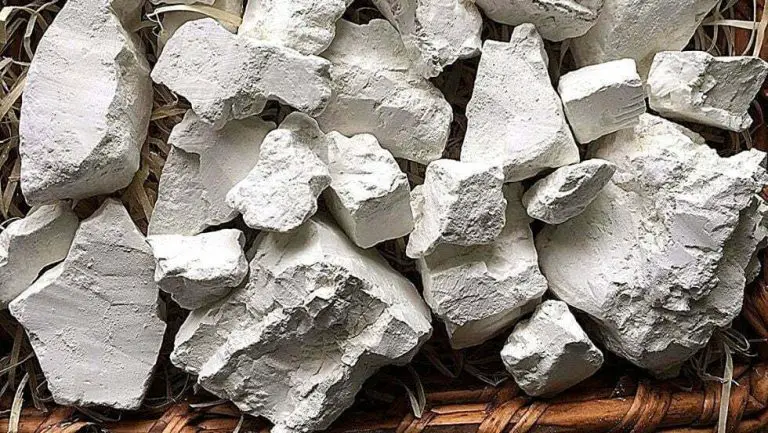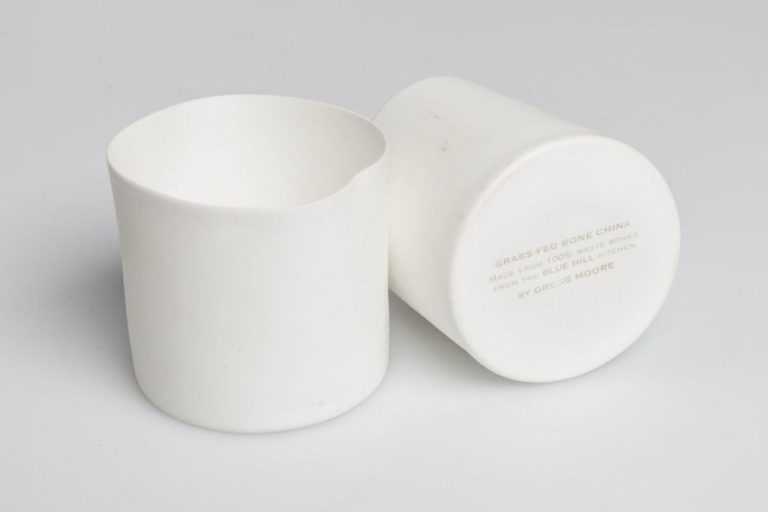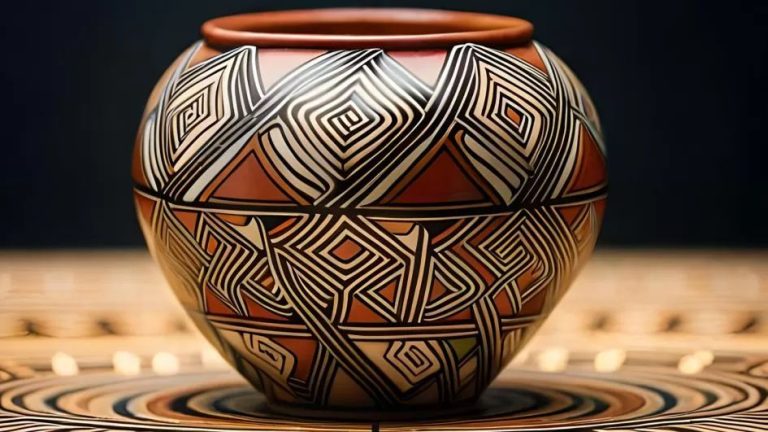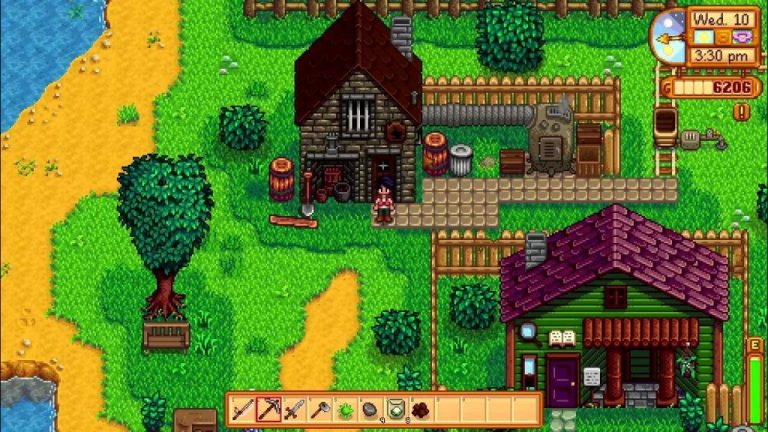What Can I Mix With Clay Soil To Make It Better?
Clay soil is a soil type comprised of tiny mineral particles that are smaller than 0.002mm. Due to the very small size of its particles, clay soil tends to be dense and compact, resulting in several challenges. Specifically, clay soil can cause poor drainage, become waterlogged, compact easily, be slow to warm in the spring, and prevent plant roots from growing well. Improving clay soil is crucial for gardening success, as healthy soil provides the proper foundation for optimal plant growth. With some strategic amendments and care, the challenges of clay soil can be mitigated.
Clay particles bond tightly together and retain water. Drainage channels are smaller than in other soils, so clay does not drain well (source). As a result, clay soil will stay wet longer after watering or rain. Standing water prevents air from reaching plant roots, stunting their growth. Additionally, when clay soil dries out, it becomes very hard and compact. The dense mass resists root penetration and lacks the oxygen flow that roots need. Amending clay soil is necessary to improve drainage and aeration for healthier plants.
How Clay Soil Differs from Other Soil Types
Clay soil has a higher percentage of clay particles compared to other soil types like sandy or loamy soils. Clay particles are less than 0.002 mm in diameter, which is what gives clay soil its unique properties (Source). The small size of the particles creates poor drainage and compaction. When wet, the particles stick together and the soil becomes heavy and sticky. When dry, the soil becomes very hard and compact (Source).
The stickiness of wet clay soil makes it difficult for plant roots to penetrate and grow. The poor drainage also leads to overly wet conditions that can rot plant roots. When clay soil dries out, it becomes extremely hard for roots to expand into. These issues make growing plants in untreated clay soil challenging.
Assessing Your Existing Soil
Before making any amendments to clay soil, it’s important to understand the current state of your soil. There are a few key ways to analyze the soil:
Take a soil test. A simple jar test can help determine the exact percentages of sand, silt and clay in your soil. This will identify soil texture and composition. Soil testing through a lab provides even more detail on pH, nutrients, and organic matter.
Check drainage. Clay soils tend to drain slowly. Dig a hole 12-18 inches deep and fill with water. If the water drains less than 1 inch per hour, you likely have drainage issues.
Look for signs of compaction. Compacted clay feels extremely hard and dense. Check for minimal root growth and poor water infiltration as signs. Aeration can help reverse compaction.
Organic Amendments
One of the best ways to improve clay soil is by adding organic matter. Organic materials serve as a soil conditioner to help break up heavy, dense clay and improve drainage. Some of the most common organic amendments for clay soil include:
Compost – Well-aged compost contains organic matter and microorganisms that help aerate clay soil. Compost increases moisture retention and provides nutrients for plants. According to BHG, adding 2-3 inches of compost is ideal for amending clay soil.
Manure – Manure from cows, horses, chickens, etc. adds nutrients and improves soil structure. Make sure manure is aged at least 6 months before using. Apply 1-3 inches and mix thoroughly into the clay soil.
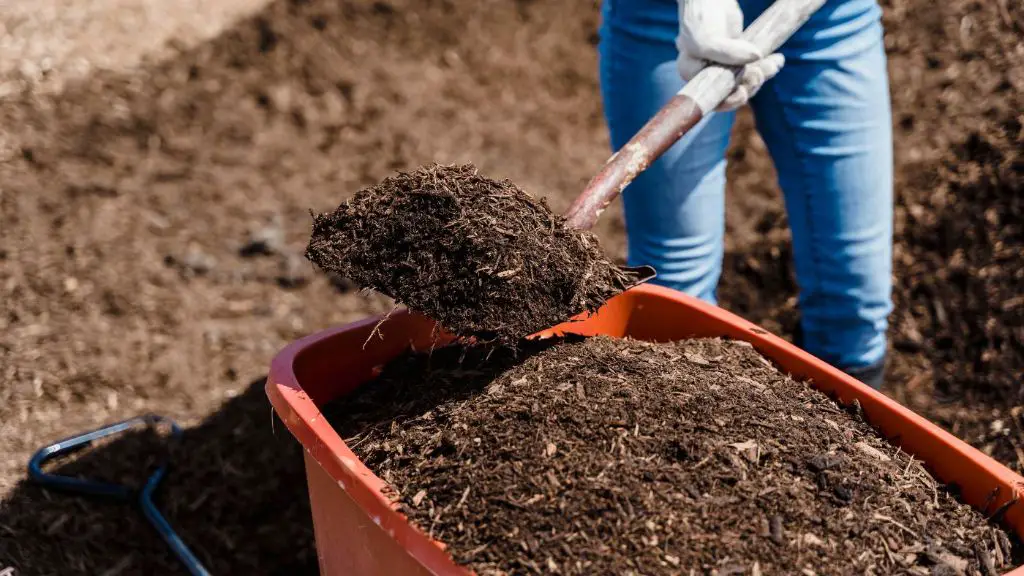
Peat Moss – Peat moss lightens heavy clay and increases moisture retention abilities. Add a thin layer of 1/2 to 1 inch of peat moss and mix into the top 6-8 inches of soil.
Grass Clippings – Allow fresh grass clippings to dry out before using in clay soil. Grass clippings are high in nitrogen and provide organic matter. Spread a 1/2 inch layer of dried grass clippings as mulch.
Leaves – Shredded leaves make an excellent free organic matter amendment for clay. Leaves increase drainage and aeration as they decompose. Incorporate 2-3 inches of shredded leaves into the soil.
Straw – As straw breaks down, it improves soil texture and structure. Spread a layer of straw 2-3 inches thick on your clay soil as mulch.
Inorganic Amendments
Inorganic amendments help improve clay soil texture and structure. Some common inorganic amendments for clay soil include:
Sand
Adding sand can help loosen tightly packed clay soil and improve drainage. Choose coarse builder’s sand, not fine beach sand. Mix in up to 50% sand to break up the soil. Be careful not to overdo it as too much sand can negatively impact soil fertility. Reference this guide for more details: Like diamonds, clay soils are forever.
Gypsum
Gypsum is a mineral that can loosen sticky clay and improve water penetration. It provides calcium which is beneficial for plants. Mix in up to 1-2 inches of gypsum per square foot. Gypsum works best when tilled into the soil. Learn more about using gypsum here: Choosing a Soil Amendment.
Perlite
Perlite is an expanded volcanic glass that can increase drainage and aeration. It does not have any nutritional value for plants. Mix in up to 30% perlite by volume. More details on perlite can be found in this guide: Like diamonds, clay soils are forever.
Vermiculite
Vermiculite is a mineral that can retain moisture and nutrients. It provides potassium and magnesium for plants. Mix in 10-30% vermiculite by volume. Learn when to use vermiculite here: Choosing a Soil Amendment.
Improving Drainage
Clay soil becomes very dense and heavy when wet, preventing proper drainage and oxygen flow. Drainage issues quickly lead to problems with waterlogging, soil compaction, lack of aeration, and plant root rot. Improving drainage in clay soil is absolutely essential for plant health and should be a top priority.
There are several effective methods for improving drainage in clay soil:[1]
Creating Raised Beds
Building raised garden beds on top of the native soil is an excellent way to improve drainage. The higher elevation and well-draining soil mix in the raised bed prevents water from pooling. Water can drain away from the plant’s roots more easily. Leave sufficient space between beds for walking and wheelbarrow access.
Installing Drainage Tile
Burying perforated plastic drainage tile piping underneath garden beds and along slopes channels away excess water. Connect the pipes to a catch basin or area where the water can drain away downhill. Dig trenches 12-18 inches deep and fill with gravel before laying piping.
Building Proper Slopes
Sloped beds, walkways, and soil surfaces encourage drainage and prevent water collecting in low spots. Aim for a 2-4% slope or 2-4 inch drop over 10 feet. Direct drainage channels and swales away from buildings and gardens.
Aerating the Soil
Aerating compacted clay soil is crucial to allow air, water and nutrients to penetrate the ground. There are several methods for manual and power aeration that can help improve the structure and drainage of clay soils.
Manual aeration tools like garden forks, spading forks, or even a shovel can be used to lightly till and break up the surface of the soil. Care should be taken not to dig too deeply to avoid compacting lower layers. Gardening spikes that are pushed into the ground can also help aerate. [1]
Power aerators use rotating tines to punch holes into the soil to a depth of 3-6 inches. Walk-behind aerators are useful for lawns, while larger tractor-mounted aerators can till garden beds. Aerating in early spring or fall when the soil is moist allows the holes to remain open. [1]
After aerating, top-dress with compost or a thin layer of topsoil to fill in holes. Avoid excessive traffic on recently aerated soil which can lead to re-compaction. Use raised beds and limit foot traffic when gardening to prevent the soil from compressing again. [1]
Adding a Top Layer
One of the best ways to improve the structure and drainage of clay soil is to add an organic top layer. This can be achieved by adding amendments like compost, peat moss, manure or leaves as a several inch thick top layer on top of the existing soil. This top layer helps break up the dense clay structure while adding much needed organic matter and nutrients.
Some common materials to use for top layering clay soil include:
- Compost – Adds organic matter and nutrients while loosening heavy clay. Aim for 2-3 inches of compost tilled into the top 6-8 inches of soil. (Source)
- Peat moss – Lightens heavy soils and helps retain moisture. Mix in a 1:3 ratio with existing soil. (Source)
- Manure – Boosts organic matter while providing nutrients. Mix 2-3 inches with the top 6 inches of soil. (Source)
- Leaves – Shredded leaves make an excellent amendment when tilled into clay soil. (Source)
Sheet mulching is another easy way to build an organic layer on top of clay soil. This involves laying down cardboard or newspaper over the lawn or garden bed to smother grass and weeds. Top the cardboard with 3-6 inches of organic mulch like wood chips, straw, leaves, or compost. Over time, worms and microorganisms will turn the multilayered sheet mulch into rich topsoil. (Source)
Choosing the Right Plants
When selecting plants for clay soil, focus on varieties that are native to your region and naturally adapted to heavy soils. Look for deep-rooted plants, which can penetrate through compacted clay better than shallow rooted species. Drought-tolerant varieties are also a good bet, as clay soils tend to drain slowly and retain moisture. Some great options include:
- Coneflowers (Echinacea species) – These prairie natives have deep taproots and are very drought tolerant once established. They come in a range of colors and bloom from summer into fall. Popular varieties include purple coneflower (Echinacea purpurea) and pale purple coneflower (Echinacea pallida).
- Bearded Iris (Iris germanica) – With their sword-like foliage and showy blooms in spring to early summer, bearded iris are well suited for clay soils. They prefer moist conditions but tolerate short periods of drought once established.
- Switch Grass (Panicum virgatum) – An attractive native grass with airy seed heads. Its deep root system allows it to thrive in heavy clay soils.
- Oakleaf Hydrangea (Hydrangea quercifolia) – A flowering shrub that develops an extensive root system to mine moisture and nutrients from clay. It produces large clusters of showy white blooms in summer.
When shopping for plants, talk to your local nursery about varieties known to perform well in heavy clay soils in your region. With the right selection and care, you can have a thriving garden in clay.
Ongoing Care
Improving clay soil is not a one-time fix. To maintain healthy soil structure, you’ll need to adopt some ongoing maintenance practices. Some tips for ongoing care include:
Continuing to add organic matter – Adding 3-4 inches of compost or other organic material each year will help maintain a good balance of nutrients and texture in clay soil. On-going additions of organic matter are key for long term improvements. As the Pennington article states, “The more organic material you can incorporate, the better your soil will be over the long run.”
Avoiding excessive foot traffic – Clay soil is prone to compaction, so limit high-traffic areas to designated paths and avoid excessive walking on planting beds. Consider using mulch or gravel paths to protect the soil structure.
Checking pH regularly – Test and amend the soil pH every year or two to maintain a level between 6.0-7.0. Clay soil tends to become more acidic over time.

